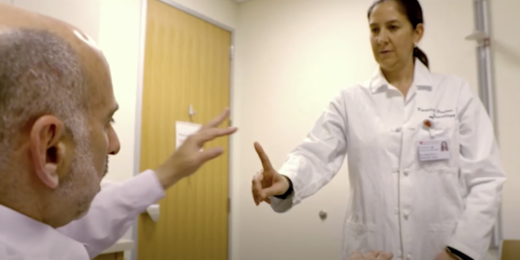As you read this, you're probably breathing in Aspergillus fumigatus. This fungus is everywhere and is usually harmless, unless your lungs are compromised as they are following a lung transplant.
For those who have just received a lung transplant, Aspergillus is bad news. About one-third of recent lung recipients develop complications such as severe asthma thanks to the fungus.
In a recent study that appears in Science Translational Medicine, Stanford's Joe Hsu, MD, and Mark Nicolls, MD, dug into the differences between transplant recipients who develop fungal infections and those who don't. A Stanford press release describes their work:
Hsu was interested in finding the Aspergillus trigger switch — the factor that prompts it to invade tissue. He studied the pathogen in mouse models by transplanting windpipes from one mouse to another. Observing the rejection process, he found that the transplanted tissue bled and accrued high levels of iron. Hsu biopsied human transplant patients and found the same distribution of iron, with higher levels in the transplanted tissue than the host. Thinking he may have found the trigger, Hsu introduced Aspergillus into the mice, comparing how it acted with and without access to iron.
He found that elevated iron prompted Aspergillus to invade.




